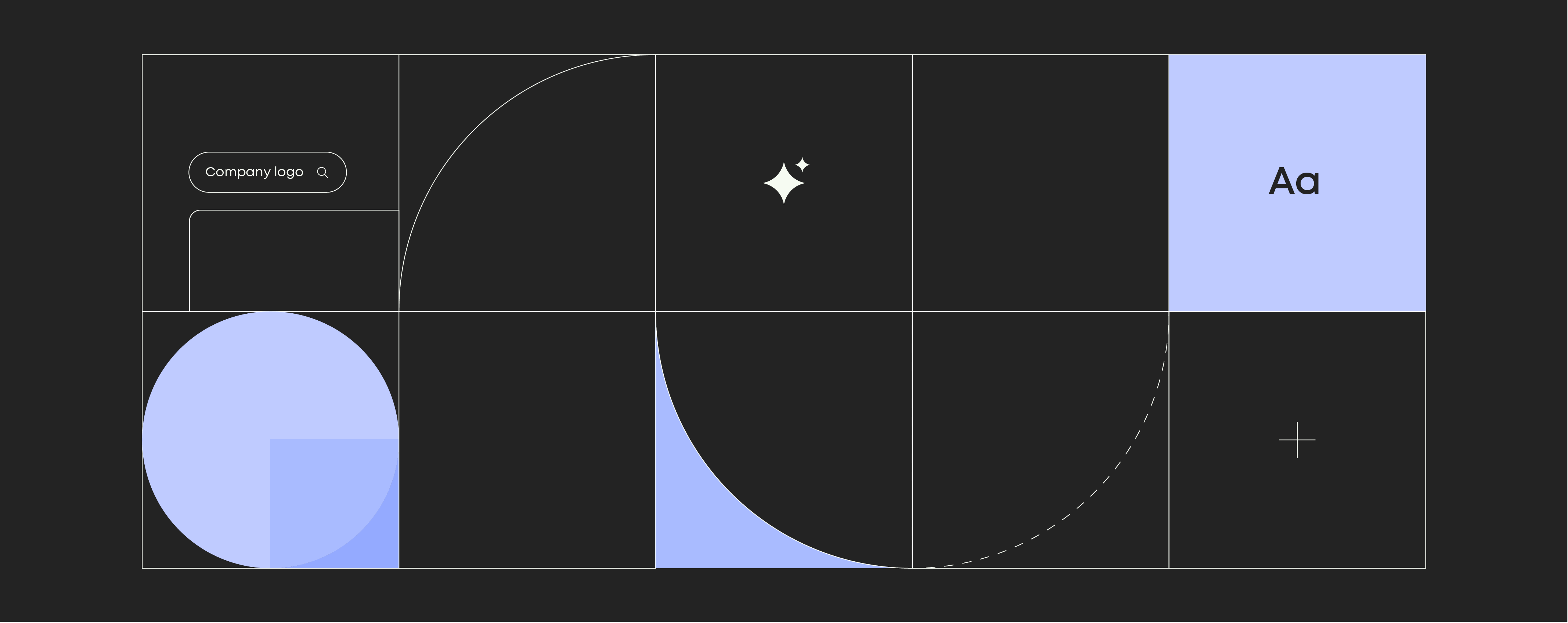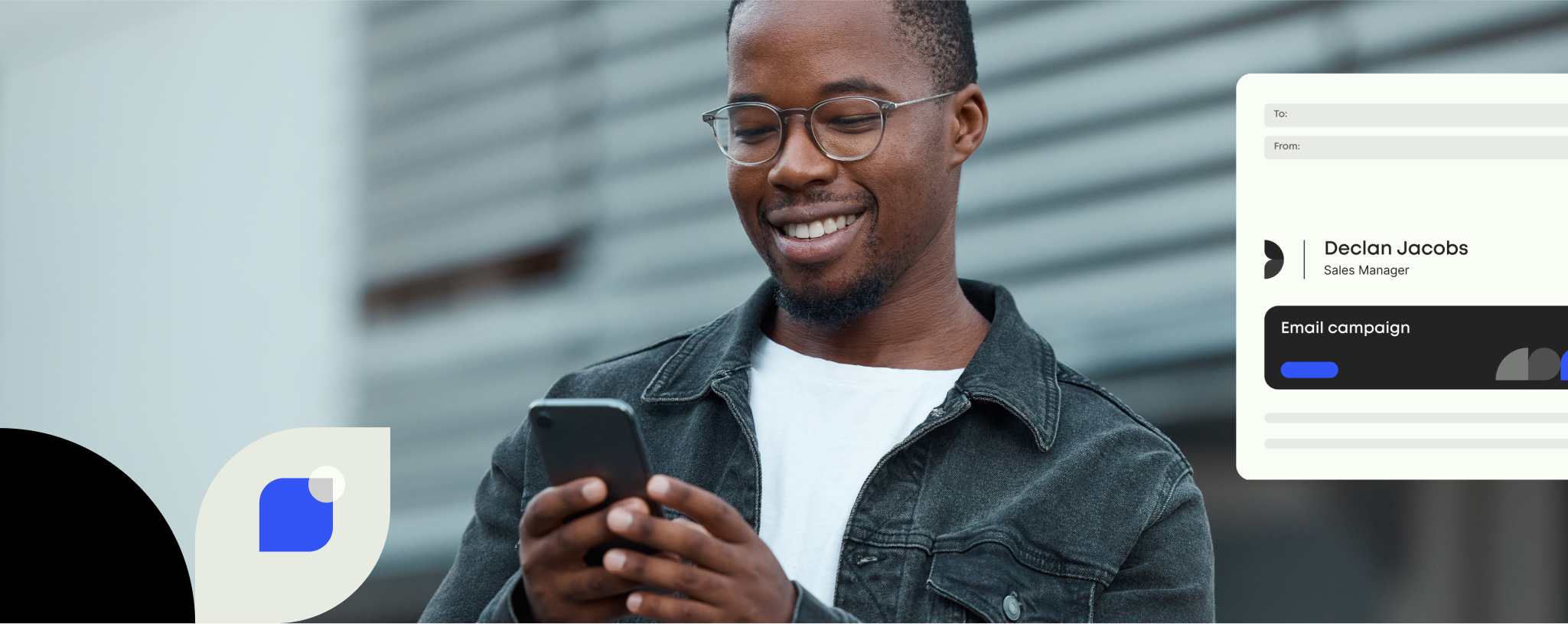Brand reputation: The dos and don’ts

Every company has a brand reputation—it’s either an asset or a liability.
A strong brand reputation can significantly boost a company’s success and profitability. However, a damaged reputation can have far-reaching negative consequences.
Let’s explore the concept of brand reputation, its importance for businesses, strategies for building it, and methods to protect it from potential threats
What is brand reputation?
A brand reputation is simply how people view a brand. A positive reputation can be one of the most valuable assets a company has. On the other hand, a negative reputation can be a significant drawback. Unlike other business assets, measuring a brand’s reputation in numerical terms is more challenging.
This is because a brand reputation exists in the minds of those who perceive it. Some people may have a favorable view, while others may not, and opinions can change quickly—either for better or worse. While a brand’s reputation isn’t measured like traditional metrics, it is possible to gauge whether it is generally viewed as good or bad.
How to measure a brand’s reputation
The strength of a brand reputation can be estimated with both quantitative and qualitative data.
Quantitative methods for measuring brand reputation
Net Promoter Score (NPS)
NPS is a tool that can be used to measure customer loyalty and satisfaction. Customers are presented with a scale from 0 to 10 and are asked to rate how likely they are to recommend the brand to others. The higher the score, the higher the chance of a strong brand reputation.
Customer Satisfaction Score (CSAT)
By measuring customer feedback, brands can get an indication of customer satisfaction using the CSAT. The score is between 0% and 100%, and the higher the percentage, the higher customer satisfaction.
Social media and review ratings
You can also gauge brand reputation by checking social media and review sites. On social media, metrics like followers, reach, and engagement show how people view a brand and reflect its reputation. Review sites, such as Trustpilot, give ratings based on user reviews, usually on a scale from 0 to 5. A higher score indicates a better reputation, while a lower score suggests the opposite.
Qualitative methods for measuring brand reputation
While we can measure many aspects of brand reputation with numbers, a full picture often requires asking people directly. This human touch helps us understand brand reputation more deeply than statistics alone. By combining both approaches, we get richer insights into how people view a brand.
Interviews and focus groups
A hands-on way to gather information about a brand’s reputation is through interviews and focus groups. By talking directly with customers about how they see the brand, researchers can uncover deeper insights than numbers alone can provide. This approach allows for a more detailed understanding of people’s thoughts and feelings about the brand.
Sentiment analysis
Every day, around 100.000 reviews are shared on Trustpilot. This valuable data pool includes personal stories, feedback, and opinions from customers. Reading these reviews can give you a clear picture of how people really feel about a brand.
Real-world cases of brand reputation
In 2014, the largest Ebola outbreak ever happened in West Africa. Shortly after, airlines across the globe halted flights to the area, citing a concern of spreading the disease. However, one small airline chose to keep the flights going: Brussels Airlines.
“It is our humanitarian duty to operate there,” Geert Sciot, Vice President at Brussels Airlines, told Time. “Without our fights it would become almost impossible for medical staff to reach the country.”
Brussels Airlines was the only commercial airline in the world that maintained regular flights to ensure doctors, nurses, and medical supplies reached the affected area. The Belgian company received praise from The White House and the public for their efforts, which significantly enhanced their reputation.
Temu’s struggle with brand reputation
At the opposite end of the spectrum, we find Temu. This company is known for its extremely low-priced products. Despite earning billions in revenue, Temu faces brand reputation challenges, especially in Western countries. Customers often complain about poor product quality, subpar customer service, and environmental concerns. These issues have contributed to Temu’s less-than-stellar brand image, even as it continues to grow financially.
The increasing importance of a strong brand reputation
Brand reputation is becoming more important for every company. This shift is driven by a few key factors, but two main reasons stand out.
Increase in competition
Globalization has made markets more competitive, pushing brands to find ways to stand out. A strong reputation can be a powerful differentiator for a company. Unlike other assets, a great reputation can’t be purchased outright. This means that even well-funded brands can’t easily catch up to those with better reputations.
Reputational risks can come from everywhere
Today, a single tweet from a small village halfway across the world can go viral and damage a brand’s reputation. Social media has given everyone a platform to be heard, which means companies face greater risks to their public image.
brand reputation
3 key benefits of a strong brand reputation
- Memorable brands stick with us
- Reputation can protect your brand
- A trusted brand drives revenue
1. Memorable brands stick with us
If you see the word “apple,” your first thought is probably the fruit. But if you see it written as “Apple,” chances are you’ll think of the tech company. You could probably even sketch their logo without much effort. Apple has built such a powerful brand that both their name and logo are unforgettable. That kind of brand recognition gives Apple an edge in every part of their business.
2. Reputation can protect your brand
A company known for quality offerings, ethical behavior, and positive impact will boost its reputation and brand value. While brand value isn’t easily measured like other assets, it can be a lifesaver during tough times. When the economy slows, brands with poor reputations might struggle. But those with strong reputations can often weather the storm, thanks to the goodwill they’ve built up over time.
3. A trusted brand drives revenue
When we look at Apple, we see a key point that can persuade even the most data-focused executive to invest in managing brand reputation: Apple can charge higher prices for its products compared to competitors. A well-known example is the Apple Pro Stand, which was revealed in 2019. Priced at $999, it became the most expensive computer stand ever sold. Being able to charge more for a product is one of the main benefits of having a strong brand reputation, as it can lead to increased revenue.
How to build a great brand reputation
Building a great brand and building a great brand reputation aren’t the same thing. While you can control your brand’s story, values, and visual identity, your reputation depends on how others perceive it. You can shape it, but you can’t fully control it.
The foundation of a strong brand reputation is a strong brand. That means starting with essentials like choosing the right name, designing a memorable logo, and offering high-quality products. But since we’re focusing on reputation, let’s explore how brands can strengthen their image through effective reputation management.
How to manage brand reputation
A key part of managing your brand’s reputation is recognizing potential threats. Many factors can harm a brand’s image. Let’s explore a few of these factors and look at real-life examples to understand why they can be harmful.
- Inconsistent branding: When a company’s visual style keeps changing, it creates two main problems. First, it makes it harder for people to recognize the brand. Second, customers might see it as unprofessional. They might think the company doesn’t have a clear direction or isn’t in control of its image.
- Inappropriate associations: A brand’s reputation can suffer when it’s linked to something negative. This can happen due to mistakes or just bad luck. For example, a company might accidentally use an offensive image in an ad, or their product could appear in the background of a controversial news story. These situations can quickly damage a brand’s image, even if they weren’t directly responsible.
An example of an unlucky, unfortunate association comes from the Danish ice cream company ISIS. The company named itself after an Egyptian goddess, but when a certain group adopted the name globally, the ice cream brand faced ridicule and had to rebrand. Fortunately, they overcame this challenge by changing their name to EASIS.
Inappropriate associations can also be intentional, and these can have much larger consequences. Over a thousand large companies are currently listed on LeaveRussia.org. Some of these include Nestlé, Unilever, PepsiCo, and Mars, which are also mentioned on Ukraine’s less prominent list titled ‘Sponsors of War’. - Scandals: PR crises can take many forms, and some escalate into scandals that lead to boycotts and significant long-term harm to brands. A notable example is the BP oil crisis in 2010, also known as the Deepwater Horizon oil spill. This incident was one of the worst environmental disasters in history and resulted in severe reputational damage for BP.
As the brand at the center of the disaster, BP was held accountable for the oil spill and the widespread loss of marine life. This situation sparked boycotts and public outrage against the company. Even with various rebranding efforts, BP has struggled to overcome its reputation as a brand responsible for a major environmental catastrophe.
Protect your brand against reputational risk
Reputational risk is a major concern among CEOs, according to a 2022 survey conducted by consulting firm KPMG. In order to mitigate this risk, businesses can take steps to protect their brand:
- Spot potential brand threats: Your company’s reputation can face sudden risks from anywhere. A single unhappy customer’s story that spreads online can seriously harm how people see your brand. It’s not realistic to manually check every website, social media platform, and review site for signs of a coming PR problem. Instead, use tools like Google Alerts to track mentions of your brand. This way, you’ll get notifications about what people are saying, helping you stay informed and ready to respond.
- Maintain a consistent identity: When we think of threats to a brand’s reputation, we often picture sudden, dramatic events. But there’s a quieter danger that’s often overlooked. It happens when employees create content on their own computers, whether it’s social media posts, sales proposals, or financial reports. This can lead to inconsistencies in how the company presents itself, affecting not just its visual identity, but its overall image.
Platforms like Templafy help large companies manage their brand assets from one central place. This ensures that all materials stay consistent and follow the rules, which helps protect and improve the brand’s reputation. Roos Nederveen, Senior Consultant of Corporate Branding at Ramboll, explains the benefit: “Templafy saves our employees a lot of time, and the branding team can be more certain that content coming from Ramboll is in line with our brand guidelines.”
Start protecting your brand’s reputation with Templafy
Your brand’s image can take a hit from many angles—social media posts, news articles, customer feedback, and more. It varies for each company.
But there’s one thing all brands must do to safeguard their reputation: keep their branding consistent and compliant across the board.
That’s where Templafy shines. Book a demo now and see how we can help protect your brand.



